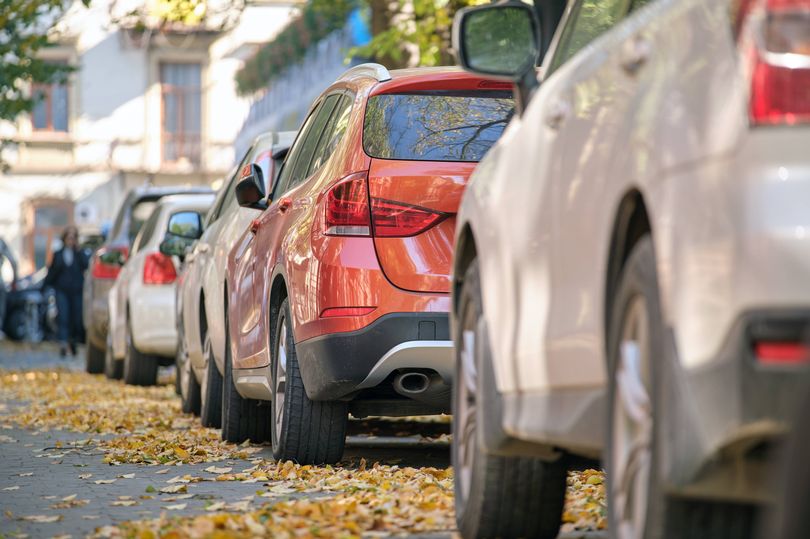Lesser-known Highway Code night parking rule that all drivers should be aware of

Most motorists understand the major no-nos of parking at pedestrian crossings, taxi ranks, and prohibited double yellow lines. However, there's a less familiar nighttime parking regulation that could have escaped your attention.
Surprisingly, this concerns positioning your vehicle against oncoming traffic during evening hours. Whilst it might appear to be a trivial matter, it actually violates Rule 248 of the Highway Code, and motorists who fail to comply could potentially face a substantial penalty.
Official guidance from Ask the Police explores this regulation in greater detail, clarifying that it only applies if your vehicle isn't parked in a designated space. "You must not park on a road at night facing against the direction of the traffic flow unless in a recognised parking space," its advice reads.
- 'Don't start your engine' at 'peak' times this week and use '15-minute rule'
- Lloyds to become first UK bank to introduce £300 rule from end of August
"All vehicles must display parking lights when parked on a road or a lay-by on a road with a speed limit greater than 30 mph (48 km/h)." Similarly, car leasing specialists at Flexed also note: "Motorists who park the wrong way on a road could be risking a fine of up to £1,000 without really knowing that they’ve broken the rule.
"According to the Highway Code, drivers must park the same way as the flow of traffic at night if a marked parking space is not being used." While Rule 248 does not define what a 'recognised parking space' is, experts suggest it typically refers to marked bays.
Therefore, parking the 'wrong way' on a yellow line outside controlled hours or on an unmarked road could lead to a fine. Although this rule is less well-known, it's implemented to prevent serious mishaps and road accidents.
Josh The Driver Instructor, which offers online driving test materials, also adds: "Drivers are required to park in the same direction as the flow of traffic if a marked parking space is not being used at night.
"There is however a problem with this rule in that it is not well known by UK motorists. In accordance with the Highway Code, the purpose of this rule is to prevent drivers from parking against the traffic on unlit roads, since this could result in serious accidents, which could have serious consequences."
In addition to parking mistakes, there are many other overlooked driving rules that motorists should be aware of. Experts at LeaseCar.uk previously told the Liverpool Echo that significant windscreen smears may be against the 1986 Road Vehicles Regulations.
This is listed under annex six of the rulebook, which reads: "Take special care that lights, brakes, steering, exhaust system, seat belts, demisters, wipers, washers and any audible warning systems are all working.
"Also lights, indicators, reflectors, and number plates MUST be kept clean and clear... [and] windscreens and windows MUST be kept clean and free from obstructions to vision." Further guidance from the RAC adds: "The Highway Code states that drivers should have a full view of the road ahead and glass should be maintained in a good condition.
"A cracked windscreen can obscure driver view - if a motorist is stopped, it could result in a fixed penalty of three points on their licence and a fine.
"If you're driving with a cracked windscreen and you have an accident, you could be charged with a more serious driving offence. The accident could be your responsibility because you were driving with a damaged windscreen."
Drivers who don't have a clear view of the traffic or road ahead could reportedly face a £1,000 fine, three penalty points, and a discretionary disqualification. Those operating goods and commercial vehicles, such as bus and coach drivers, with obstructed windscreen views could face an even heftier fine of £2,500.
What do you think? Let us know in the comment section below